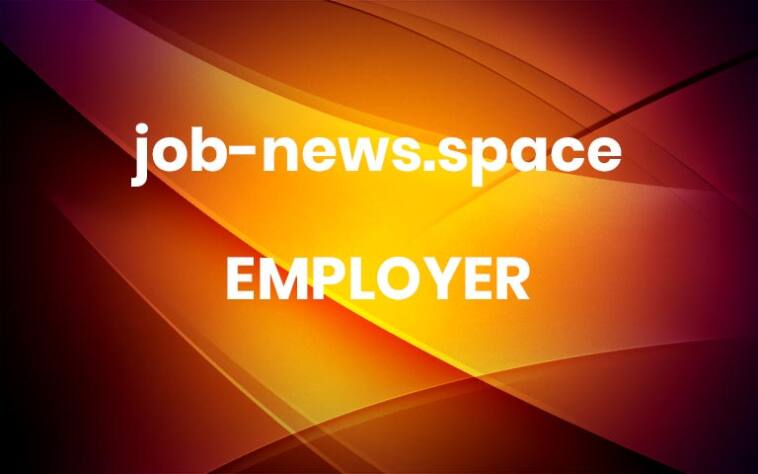Siemens Powers Up Employer Branding: Building a Global Talent Magnet
Forget washing machines, Siemens is a tech titan quietly shaping the world’s future. From smart cities to sustainable factories, their innovations touch millions. But attracting top tech talent in a crowded field? That’s a different challenge.
Enter Stefanie Drerup, the mastermind behind Siemens’ employer branding revolution. In this interview, she reveals how she built a global dream team to attract the best and brightest.
The Talent Battlefield: Why Employer Branding Matters
Siemens competes with tech giants like Google and Amazon. To stand out, they needed a clear message. “We want to create technology with purpose,” Drerup explains, “technology that makes a real difference.”
Their vision? Smart infrastructure for resilient supply chains, energy-efficient cities, and cutting-edge industrial digitization (think revamping Porsche’s production lines!).
But a strong vision alone doesn’t win the talent war. They needed a powerful employer brand (EB) to resonate with the tech wizards they craved.
Building the Dream Team: Collaboration is Key
Drerup didn’t build this empire alone. From day one, she championed a cross-functional approach. HR, global communications, and recruiters from all levels and regions became her allies.
Here’s the twist: Siemens didn’t just rely on HR experts. They tapped into their internal tech talent. “We wanted real engineers, not just recruiters,” Drerup emphasizes. Their insights ensured the message resonated with the tech crowd, not just HR professionals.
Crafting the Perfect Pitch: The Siemens EVP
Drerup’s team landed on a simple yet powerful EVP (Employee Value Proposition): “Create a better tomorrow with us.” This encapsulates the Siemens spirit.
But they didn’t stop there. To flesh out their EB strategy, they identified four key pillars:
Customer Impact: Work on world-changing projects that touch millions.
Technology with Purpose: Drive innovation and sustainability, making a positive impact.
Empowered People: Thrive in a culture of learning and growth.
Growth Mindset: Explore diverse career paths across countless business units.
These pillars, while overlapping intentionally, provide a clear focus for all EB content. Every piece aligns with the overall EVP, ensuring a cohesive message across the globe.
Going Global: Tailoring the Message
Activating an EVP in a global company is tricky. Different regions have different priorities. German talent seeks stability and career progression, while Chinese candidates value innovation and social responsibility.
This is where the cluster structure shines. Drerup’s team can adapt content for each region without reinventing the wheel. They simply emphasize the most relevant pillar within the overall Siemens EB narrative.
Building a Global Talent Magnet: The Results
Siemens’ employer branding journey is a masterclass in attracting top tech talent. Drerup’s global team, built on collaboration and a powerful EVP, has transformed Siemens into a global magnet for the best and brightest minds.
To follow Stefanie Drerup’s work in employer branding, connect with her on LinkedIn. For help identifying the values and culture you want to create in your company, let’s chat.
Share this post: More




